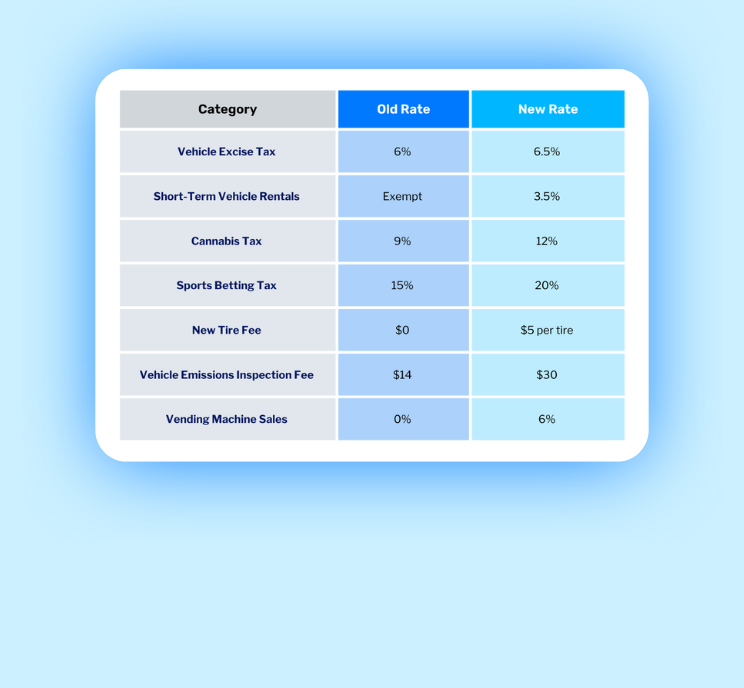Updated October 18, 2021 at 10:30 am ET
In the past few years, organizations have adapted to a climate of rapid turnover, routine mergers and acquisitions, and unexpected disruption from technology startups affecting many industries. As a result of the global pandemic, procurement and sourcing professionals are additionally feeling the weight of supply chain disruptions, price increases, and a shortage of materials.
Even with these challenges, organizations can still find ways to shift their business strategy to create opportunities for their operations and business as a whole. Increasingly, CPOs and their teams must increase the collaboration and synchronicity with other departments and establish processes and contingencies that will keep their organizations competitive in the ever-changing business environment.
Now is the time to ensure that procurement and sourcing are built into your business’s strategic plan, where they can influence the full range of your work and your long-term approaches. Here are four areas where procurement and sourcing can lead the way in developing your plan moving forward.
Audit Rights and Strategy
Audits are a crucial backstop and protective measure for any business’s work, and a strategic plan is where you can formalize your approach.
To identify cost savings opportunities and recover overcharges by end of year, for example, supplier audits need to start by mid-year at the absolute latest, hopefully much earlier. Beyond any efforts of Internal Audit which are typically limited in scope and breadth, establishing a calendar for supplier audits, allows you to prioritize the most complex and potentially lucrative work in this field. By formalizing audits as an essential step of your business strategy, you can demonstrate the right to audit new and existing partnerships as a matter of course.
BI/Data Analytics
Many organizations use data visualization tools to enhance the accessibility of large, complex data sets. Well-designed dashboards improve decision-making and facilitate the sharing of critical information. Dashboards are available on-demand and continuously updated, reducing the need to track down a misfiled email or worry that a report is out of date.
As an example, visualization tools like Microsoft Power BI can be used by procurement teams to track the progress of audits and recoveries as part of compliance initiatives. With a few clicks, analysis can show important insights leveraging relevant data attributes such as geography, business unit, issue type, and other factors.
Interestingly, the Coronavirus has made data visualization and modeling fundamental to our everyday lives through discussions of “flattening the curve” and infection rates. As you build your strategic plan, procurement and sourcing teams can lead the way in creating dashboards and other tools to track spend analytics, supplier insights, and more. Predictive, analytical modeling is at the forefront of people’s minds and it should be at the forefront of your business’s strategy as well.
Supplier Management
Not all supplier relationships are equal in strategic importance, potential ROI, or complexity. Likewise, during periods of uncertainty or economic success, every business is making their own unique decisions about how to interact and collaborate with their partners. Your strategic plan should include methods and roles for taking stock of these relationships and adjusting, renegotiating, or replacing them based on changing prices, audit returns, and other specific changes. You can establish the working structure between your procurement and client-relations teams and ensure that they are working together in the most effective way. When a crisis arises, it is too late to make strategic adjustments. Companies that developed supply chain disruption strategies and risk mitigation in advance will reap the rewards of their preparations.
Managing Supplier Risk
Your strategic plan should identify the top categories of suppliers that you rely on, which then allows you to plot those suppliers along a matrix of effort required and potential reward. By dividing your suppliers into “tiers” according to spend and importance, you can discern which relationships are most critical to your business by spend levels and/or by business function, and which are potentially in need of closer attention. Once you can map suppliers according to criteria specific to your business, your company can adjust the level of oversight a supplier requires according to the potential risk of the relationship.
Additionally, forward-thinking enterprises are implementing supplier security and privacy assurance programs to ensure suppliers are following standardized data protection requirements. SSPA framework assesses risk levels based on set criteria, and requires certain controls and processes to be in place based on the assessed level of risk. In whole, these programs help ensure the protection of confidential and private data to which suppliers have been entrusted. Often, these programs include independent verification of compliance by a qualified firm.
To further discuss how we’re seeing the procurement and sourcing departments at large organizations drive more influence on their strategic plan, contact us to speak directly with a team member from our Contract Compliance Audit Services practice.



